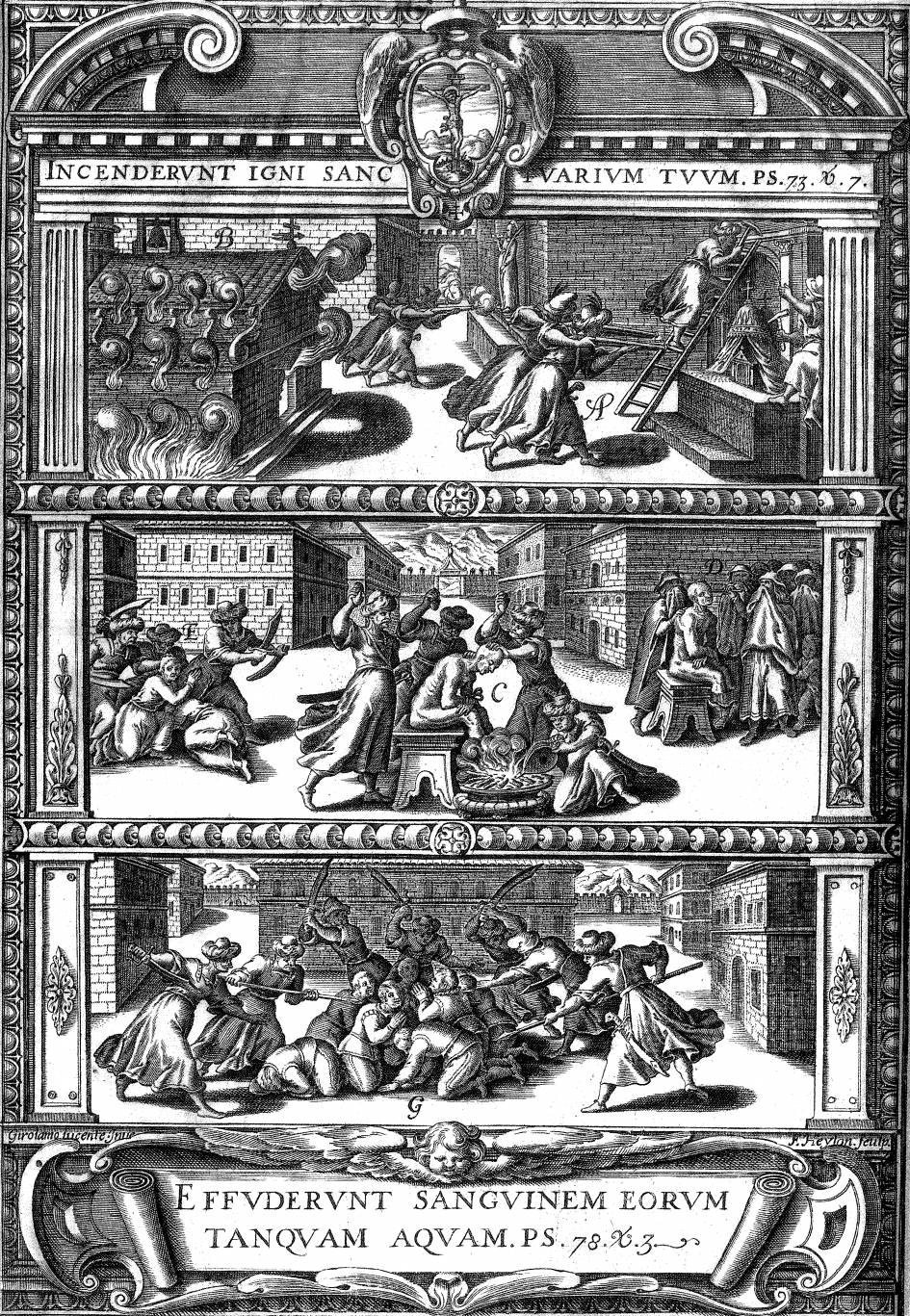Date and time: Fri, 20 November 2020, 18:00 – 19:00 GMT
Location: Online
In this paper, Prof Borja Franco presents the main written and visual sources that captured trials for iconoclastic behaviour in medieval and early modern Iberia. He shall explore the reasons for these actions and their political and religious repercussions. A comparative study of the various socio-religious groups reveals that the theological discourse behind each iconoclastic action varied with each case study. Furthermore, it will be shown that iconoclastic attitudes were not the exclusive territory of ‘heretics’ or ‘infidels’ and that even Catholics were persecuted for their hostile attitudes to images.
Contact name: Luciana Martins
Borja Franco Llopis is a Professor at the Department of Art History in the UNED (Spain). His research is devoted to the visual and literary representation of the otherness in Southern Europe. He has been a visiting scholar in several prestigious institutions such as the School of History and Archaeology in Rome, the Instituto Storico per el Medievo (Rome), the Warburg Institute (London), Johns Hopkins University, University of California (Berkeley), Harvard University, Columbia University, Universidade Nova of Lisbon and NYU; and Visiting Professor at the University of Genoa. He is Associate Professor at the Department of Art History in the UNED (Spain), the PI of the research group “Before Orientalism. Images of the Muslim Other in Iberia (15-17th Centuries) and their Mediterranean connections” and working Group Leader of the Cost Action 18129: Islamic Legacy: Narratives East, West, South, North of the Mediterranean. He has recently published the monographs titled: Pintando al converso: la imagen del morisco en la peninsula ibérica (1492-1614) (Cátedra, 2019), and Etnicità e conversione. Immagini di moriscos nella cultural visuale dell’età moderna (Affinità Elettive, 2020). He has also co-edited the book: Muslim and Jews made Visible in Christian Iberia and beyond (14-18th centuries) (Brill 2019).




Leave a Reply